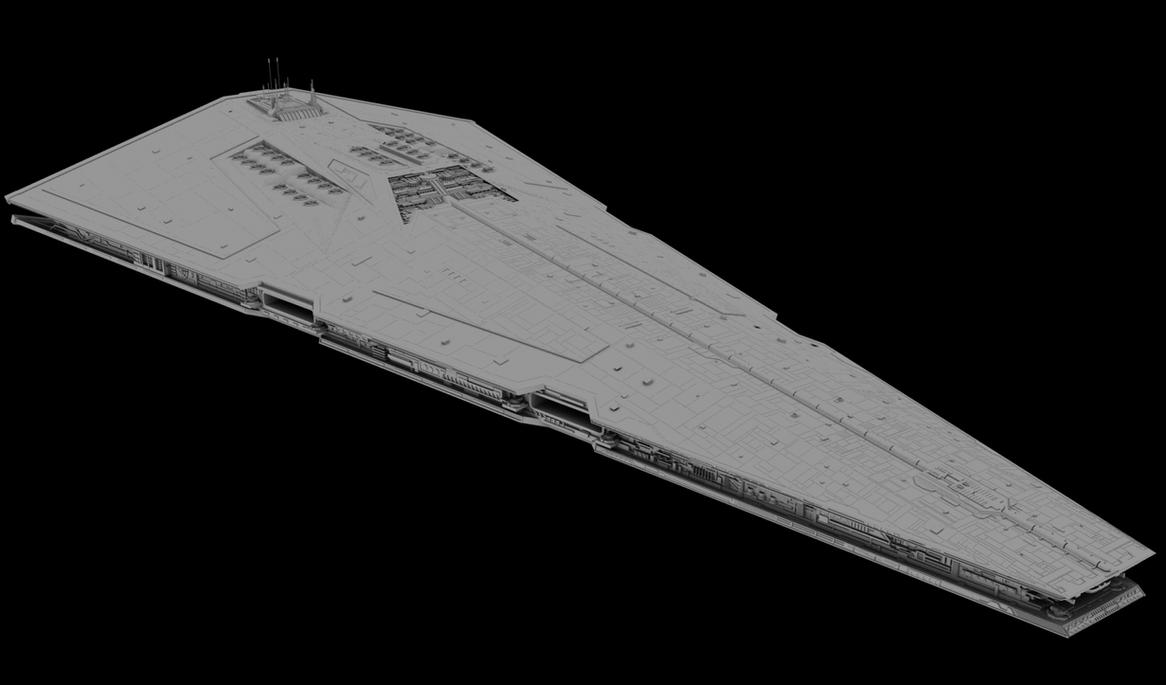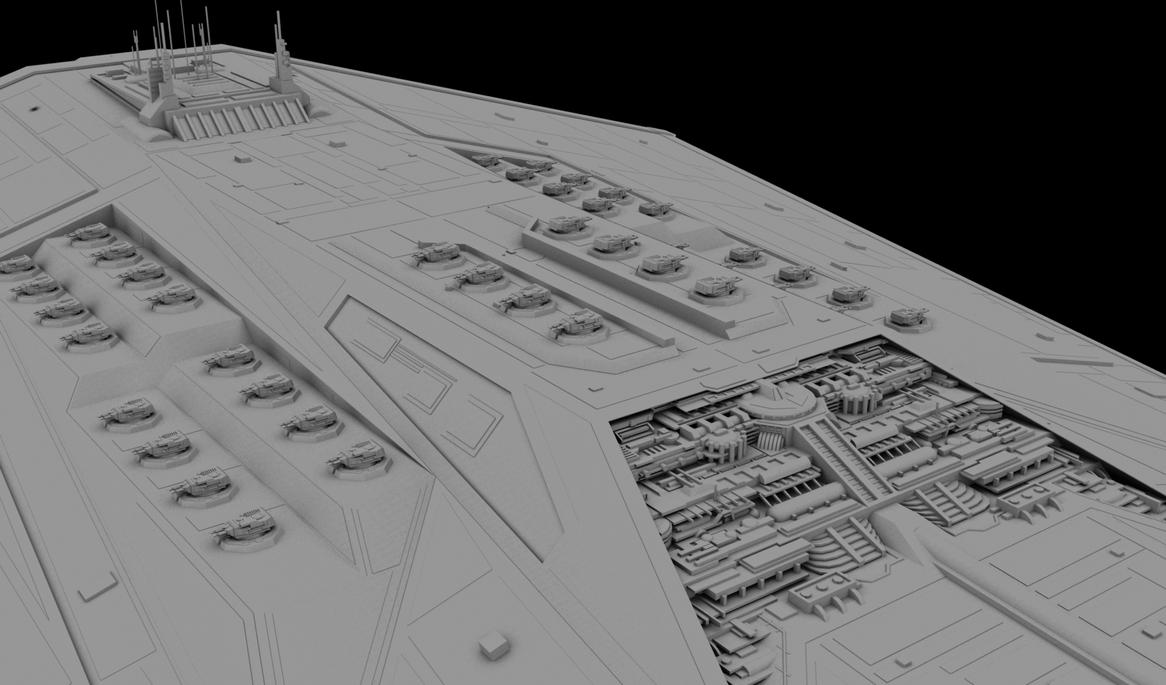Grand Admiral, First Order Central Command

OUT OF CHARACTER INFORMATION
Intent: To create a battledroid to complement the First Order hovertanks.
Image Source: N/A
Canon Link: N/A
Restricted Missions: N/A
Primary Source: N/A
PRODUCTION INFORMATION
Manufacturer: FOCIE
Model: NV-98C 'Wolfhound' Skimmer-Type Battle Droid
Production: Mass Production
Affiliation: The First Order
Modularity: N/A
Material: Durasteel, droid components
TECHNICAL INFORMATION
Classification: Class Four
Weight: 160kg
Height: 1.3m
Length: 2.1m
Movement: Repulsorlift
Armaments: Low
- 2 x Light Repeating Blaster Cannons
Role: Anti-Infantry/Reconnaissance/Escort
Speed: Very High
Maneuverability: High
Armament: Low
Defenses: Low
SPECIAL FEATURES
- ANx-y7 Sensor and Targeting Pod
- Tactical Data Link Network
- Armor and Shields: Very effective defense against conventional infantry weapons (blaster rifles/pistols etc).
- Pack Hunter: Wolfhound droids excel at ambush, herding, and surprise tactics, not dissimilar to how wolves hunt. They can be a very unnerving opponent to face, picking off the enemy one by one and using their speed to fade away.
- C2W: With a very effective sensor package and built-in datalink the Wolfhound can relay information across a battlespace with remarkable accuracy and speed.
- Large Target and Lightly Armored: Very vulnerable to anti-vehicle weapons
- Repulsor Vulnerability: The classic flaw, can be disabled by targeting the prominent repulsors.
The 'Wolfhound' Skimmer-type is a fairly intelligent Battle Droid, perfectly capable of conducting both its reconnaissance mission and combat operations. Designed to escort and move in advance of First Order Hovertanks, the droid is a cunning combatant and effective scout.
Propulsion is provided by two primary repulsors mounted on either side of the bulbous 'head' and a pair of stabilizer wings set on the 'abdomen.' A last oversized repulsor is set to the rear. These give the droid great speed and maneuverability, but are fairly exposed and can be vulnerable to weapons fire. The droid can function (at an increasingly degraded state) with up to two repulsors disabled (if one or both stabilizers are still functional), or one repulsor and both stabilizers.
Defenses consist of a small shield generator and light armor plating. While resistant to most infantry weapons (blaster rifles, shotguns, anti-personnel grenades, etc) it is not effective against anything much heavier, and the droids can only withstand a few shots from any heavy weapons before being disabled. Weaponry consists of a pair of very rapid fire light repeating blaster cannons, effective against infantry and light vehicles.
Most of the body consists of the reactor and other basic internal systems, but the last system of note is the advanced ANx-y7 Sensor and Targeting Pod mounted on the front of the droid, which provides both the standard optics and vision (inlcuding low light, infrared, thermal, and other advanced optical types) and long-range scanners (such as lifeform detectors, energy receptors, etc).
Wolfhound 'Packs' are fully autonomous, but are often controlled from a Hussar-class Command Speeder so frontline commanders can exercise operations wiht greater precision. All the droids feature the same Tactical Datalink hookup common to most First Order vehicles and are capable of receiving and transmitting real time tactical information across a battlefield.
Wolfhound droids do not feature any sort of vocabulator, but are fairly talkative droids anyway, often jabbering away in binary to each other or to maintenance crews. On mission they are of course deathly silent, communicating only via transmitted code, and audible only by the low hum of their repulsors (or the crack of their blaster cannons). In personality they typically resemble large hunting dogs, eager to work and please and constantly seeking praise. While not truly bloodthirsty they do find intense satisfaction in their job, which is often the bloody business of war. Wolfhounds have been known to talk excitedly about recent kills in joyful manner that can disturb even seasoned soldiers. Additionally, while they are programmed to not have any sort of fear response or self-preservation mechanism (they are expendable battle droids, after all) they do exhibit a fondness for their own kind, often protecting the shells of downed skimmers in the absence of other orders in an attempt to salvage the droid brains. Finally, they can be fiercely protective of of their 'handlers' (aka, maintenance techs) and they will rush to their defense, if able.











































